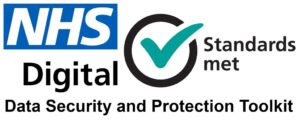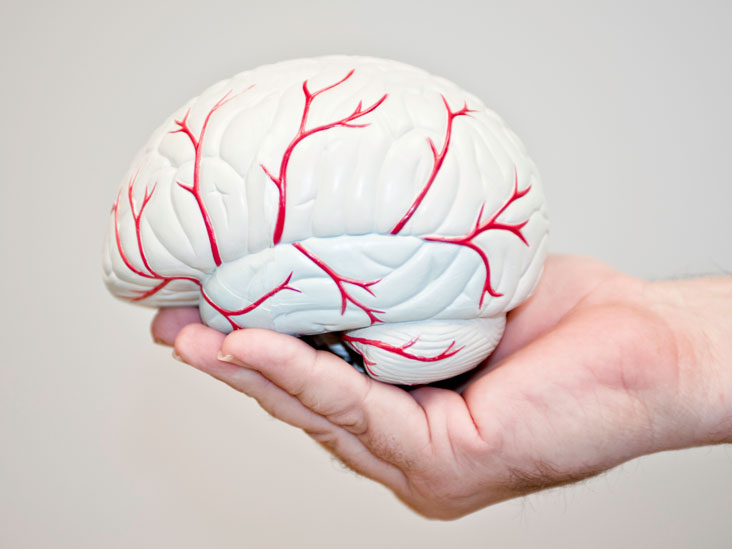What is Clinical
Neurophysiology?
Scope
The major diagnostic modalities employed in Clinical Neurophysiology Labs, include:
Nerve Conduction Studies & Electromyography:
These diagnostic tests of the peripheral nervous system are considered as an extension of the neurological exam and in the appropriate clinical context aid in further localization of the lesion along the peripheral neural axis as well as are able to provide insight into the underlying aetiology. Nerve conduction studies are meticulously performed by stimulating the peripheral sensory and motor nerves and recording the responses by recording electrodes, establishing the integrity of the peripheral nerve. Specialised NCS, also known as repetitive nerve stimulation (RNS) are especially useful in evaluating neuromuscular junction disorders, such as Myasthenia Gravis. Electromyography involves inserting an exceptionally fine needle recording electrode into the muscle to assess the functionality of the motor unit, abnormal activity from the muscle which may be noted in diseases of the muscles, nerves, and nerve roots. More sophisticated and meticulous studies may involve evaluating the function of the neuromuscular junction by using single-fibre electromyography.
Electrodiagnostic Medicine:
Is the medical subspecialty that applies the above neurophysiologic techniques to diagnose, evaluate, and treat patients with impairments of the neurologic, neuromuscular, and muscular systems.
Electroencephalography:
Is the art of recording the electrical activity of the brain, generated by deeper structures, and recorded by placing EEG electrodes on the scalp, thus useful in evaluating seizures and various abnormalities of the central nervous system. More specialised centres provide inpatient video-telemetry EEG, electro-corticography (ECoG) as well as invasive EEG with placement of subdural and grid electrodes, as part of Pre-Surgical evaluation for Epilepsy Surgery. Also, now more advanced, high resolution cameras and more robust EEG systems are being used for home video EEG recording, enabling patient’s EEG monitoring in the comfort of their home.
Evoked potentials:
Are recorded from the brain, as a result of stimulating a part of the central or the peripheral nervous system. These provide essential information regarding the integrity of specific tracts of the central and peripheral nervous system as well as the centres involved in the generation of these potentials. May include visual, auditory/brainstem, or somatosensory evoked potentials.
Polysomnography:
Is the gold standard sleep test, used as a multi-modal recording technique, monitoring the EEG, nasal airflow, oxygen saturation, chest and abdominal movements, leg movements and EMG signals, as part of evaluating the sleep architecture in sleep disorders as well as other disorders associated with abnormal sleep behaviour.
Intraoperative neurophysiologic monitoring:
Involves measuring the functional integrity of the brain, spinal cord, ascending and descending cortico-spinal pathways, during any surgical procedure or in an acute care setting. IONM involves highly sophisticated multimodal monitoring, using an array of different neurophysiological techniques, including SSEPs, free-running EMG, Transcutaneous Motor Evoked Potentials (TcMEP), sensory and motor cortical as well as subcortical mapping.
Transcranial Magnetic Stimulation:
Is a non-invasive stimulation of the brain, using a magnetic coil, leading to induce an electrical stimulation of the cortex as well las the subcortical structures. Repetitive TMS has been approved for treatment of refractory depression as well as migraine.
Magnetoencephalography (MEG):
Is a functional neuroimaging technique for mapping brain activity by recording magnetic fields produced by electrical currents occurring naturally in the brain, using very sensitive magnetometers. MEG is widely used in localizing and lateralizing the epileptogenic focus, determining language dominance as well as several other clinical and research purposes.
Get in Touch
![]() 07354 364980
07354 364980
Excellence in Clinical Neurophysiology




© 2020 – 2025 NeurophysCare | All rights reserved | Design by: Active Biz.


